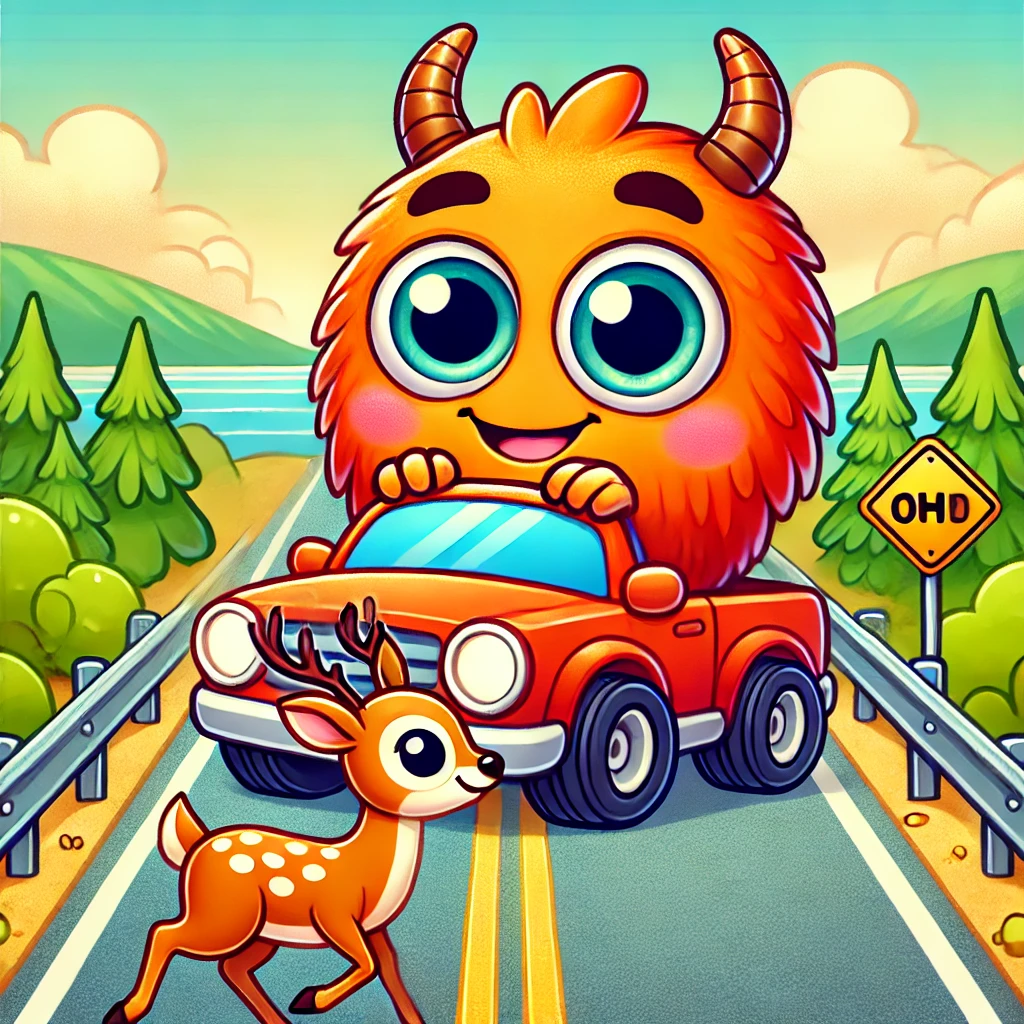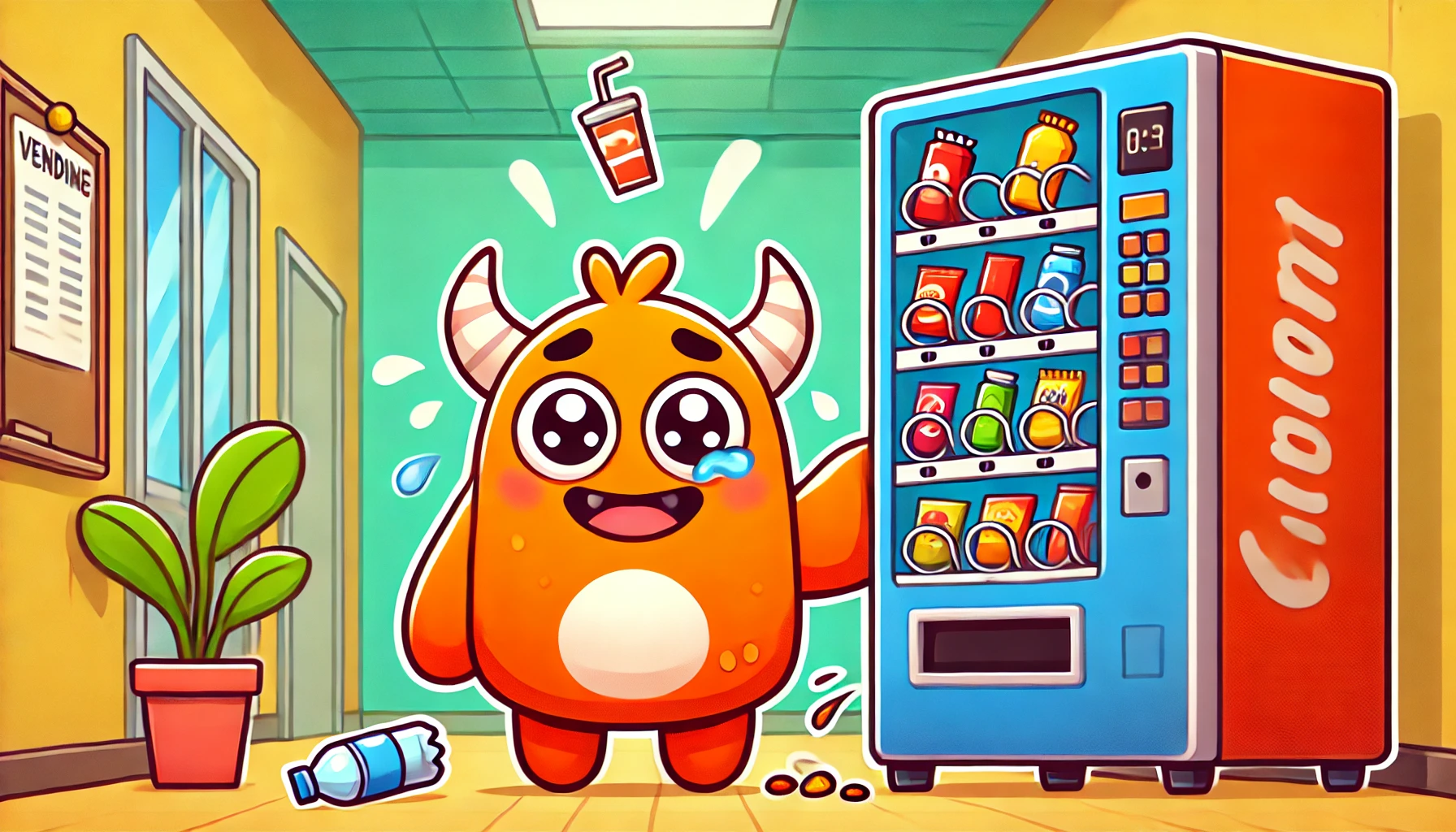
The Odds of Hitting an Animal While Driving in the U.S.
Driving on American roads can sometimes lead to unexpected encounters with wildlife. According to recent data from State Farm, the odds of hitting an animal while driving in the U.S. are approximately 1 in 127. This statistic encompasses the likelihood of drivers encountering any type of animal on the road, with deer being the most frequently struck animal.
State-Specific Odds
The risk of hitting an animal varies significantly depending on the state. Here are the states with the highest likelihood of animal collisions:
- West Virginia: 1 in 38
- Montana: 1 in 53
- Pennsylvania: 1 in 59
- Michigan: 1 in 60
- Wisconsin: 1 in 60
These states have higher risks primarily due to their rural landscapes and substantial deer populations. Drivers in these areas need to be particularly vigilant, especially during certain times of the year.
Seasonal Trends
The risk of hitting an animal is not uniform throughout the year. The months of October, November, and December are especially dangerous for animal collisions. This spike in incidents is largely due to the deer mating season, during which deer are more active and likely to cross roads. November is notably the most hazardous month for these types of accidents.
Contributing Factors
Several factors can increase the likelihood of hitting an animal while driving:
- Driving Conditions: Most collisions occur on paved, rural roads, particularly when visibility is low.
- Driver Behavior: Engaging in risky behaviors such as speeding or using a phone while driving can increase the chances of an animal collision by 23%.
Precautionary Measures
Awareness of the odds and conditions that lead to animal collisions can help drivers take precautions to avoid accidents. Here are some tips for safer driving in high-risk areas:
- Stay Alert: Keep an eye out for wildlife, especially during dusk and dawn when animals are most active.
- Reduce Speed: Slowing down can give you more time to react if an animal suddenly appears on the road.
- Observe Signs: Pay attention to wildlife crossing signs and be extra cautious in those areas.
- Avoid Distractions: Refrain from using your phone or engaging in other distractions while driving.
By understanding the risks and adopting safe driving practices, drivers can reduce the likelihood of animal collisions and contribute to safer roads for everyone.



